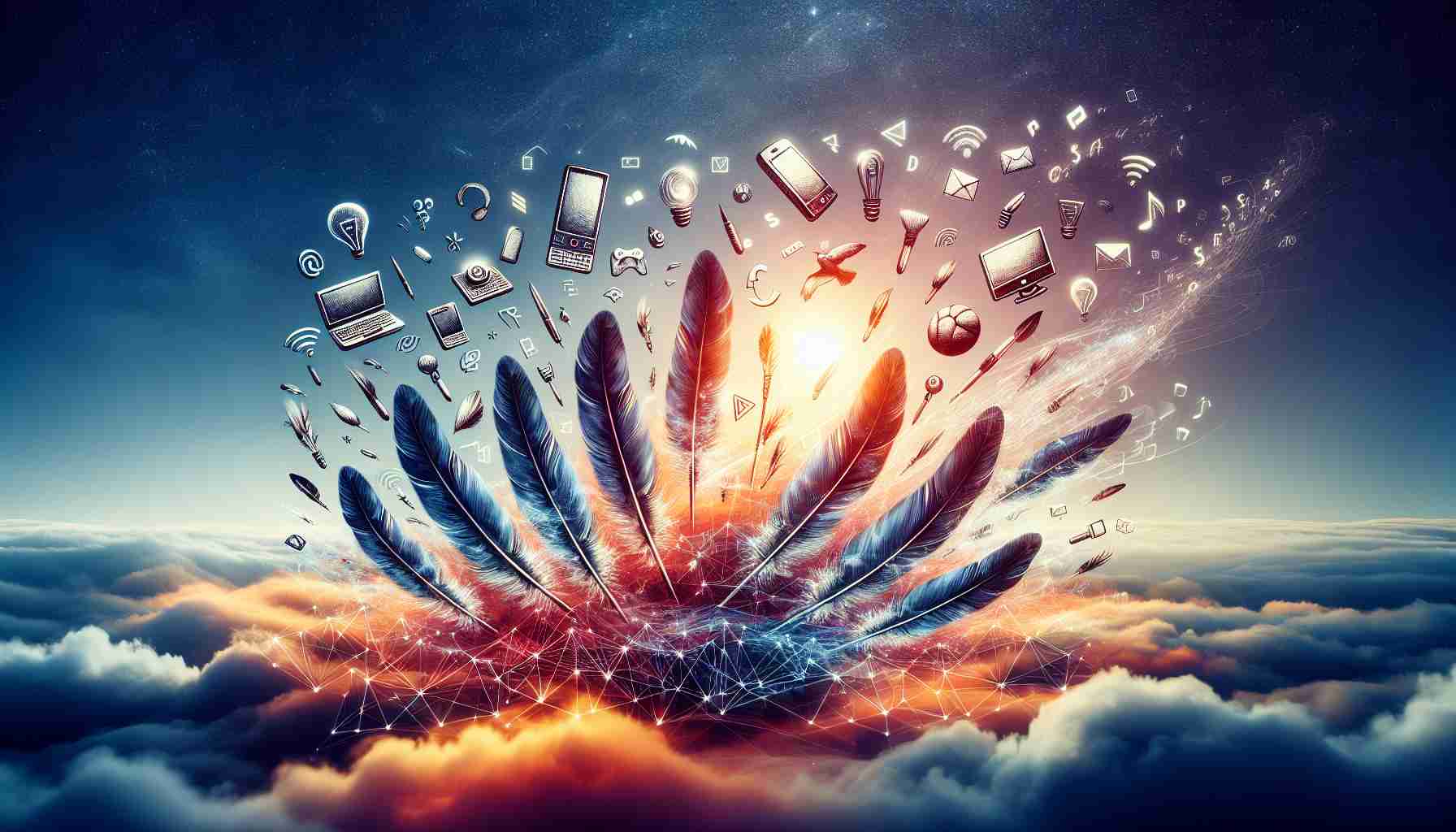As we navigate through the 21st century, we witness the remarkable metamorphosis of technology which has redefined global connectedness. The early days were marked by inventions like the telegraph and telephone, breaking the shackles of distance and time to facilitate communication. Over time, inventions like the phonograph allowed us to experience cultural nuances from around the globe; subsequently, the radio and television further dissolved the barriers, democratizing access to information.
The intersection of leisure and technology has sparked a revolution in entertainment and virtually enhanced social interactions. As the digital landscape evolved, so did the leisure activities, embracing novel ways for individual expression and global communication. The era of the cloud and the internet has reimagined knowledge acquisition and entertainment, shaping modern connectivity and identity.
This transformation was underscored during events like the COVID-19 pandemic, where digital platforms became a societal lifeline. Today, freedom for many is not embodied by the automobile but by the digital worlds we immerse in. Smartphones are our gateways, putting the power of the digital universe within reach.
The roots of this connectivity can be traced back to foundational technologies that led to the contemporary era of the World Wide Web. The establishment of ARPANET was a critical turning point, preluding the internet’s impactful presence in everyday life.
Nonetheless, the digital age comes with its complex societal dynamics and challenges. The increase in digital dependency and the blurring lines between work and private spaces are among the pivotal issues we face as our global society becomes increasingly interconnected.
Pros and cons exist within this web of advanced communication and information sharing. While the digital evolution has fortified education, healthcare, and global interaction, it has equally unleashed challenges involving information saturation and the potential loss of irreplaceable human interactions.
Understanding connectivity’s evolution requires looking at key players in technology such as IBM, Apple, and Intel—pioneers shaping the current and future digital world. These entities not only provide a glimpse into the technological advancements but also the dual nature of an ever-connected society.
Technology, while being a vehicle for modern convenience and advancement, prompts important considerations around its impact on human relationships, mental health, and society at large. The digital evolution is an iterative process, with every stride forward weighed against ethical, developmental, and cultural implications.
The Emergence of the Digital Era and Its Influences on Freedom
The digital era is an epoch characterized by the rapid shift from traditional industry powered by machines to an economy based on information technology. This transition has had profound impacts on society, leading to new forms of freedom and constraints. Here are additional facts, key challenges, and controversies associated with the topic, as well as a look at the advantages and disadvantages:
Relevant facts not mentioned in the article:
– The digital era has democratized the creation and distribution of content, giving rise to platforms such as YouTube and social media, where anyone with an internet connection can share their views and creativity.
– With the advent of big data analytics and sophisticated algorithms, customization and personalization have become the norms in services and advertising, profoundly impacting consumer behavior.
– Cybersecurity has become a significant concern with the digitization of sensitive information, leading to an increase in the need for services and technologies to protect against cyber threats.
Key Challenges and Controversies:
– Privacy concerns have intensified as personal data becomes more accessible to corporations and governments through digital platforms.
– There is an ongoing debate about the role of technology in exacerbating issues like income inequality, as high-paying tech jobs often require skills and knowledge that are not evenly distributed across the population.
– The propagation of misinformation and fake news over digital platforms poses risks to the integrity of democracies and public health, as seen with the spread of false information about COVID-19.
– The digital divide, or the gap between demographics and regions that have access to modern information and communications technology and those that don’t, remains a barrier to equitable access to digital freedom.
Advantages:
– The convenience of online banking, shopping, and telecommunication has significantly improved daily living, especially in urban areas.
– E-learning platforms and online courses have made education more accessible to people around the world.
– E-governance has increased transparency and access to government services.
Disadvantages:
– Prolonged screen time and the dominance of social media can affect mental health by increasing feelings of isolation and anxiety.
– Dependence on technology can lead to diminished physical activity and subsequent health issues.
– Employment disruption due to automation and artificial intelligence is a concern for job security in certain industries.
Important Questions with Answers:
– How is the digital divide being addressed? Various initiatives by governments and NGOs aim to bridge the digital divide by providing infrastructure, education, and subsidized technology to underprivileged communities.
– What is being done to combat misinformation? Digital platforms and governments are employing fact-checkers, refining algorithms, and enacting policies to flag and reduce the spread of false information.
– How are privacy issues being tackled in the digital era? The implementation of regulations such as the General Data Protection Regulation (GDPR) in the EU and similar laws elsewhere protect user data and place restrictions on its use.
Given the topic of the digital era, here are suggested related links for broadening your understanding:
– IBM Corporate Website
– Apple Corporate Website
– Intel Corporate Website
When considering the content above, it is crucial to recognize that the advent of the digital era brings with it both wings of freedom through connectivity and the weight of surveillance and dependency. Balancing these aspects remains a fundamental challenge of our time.
